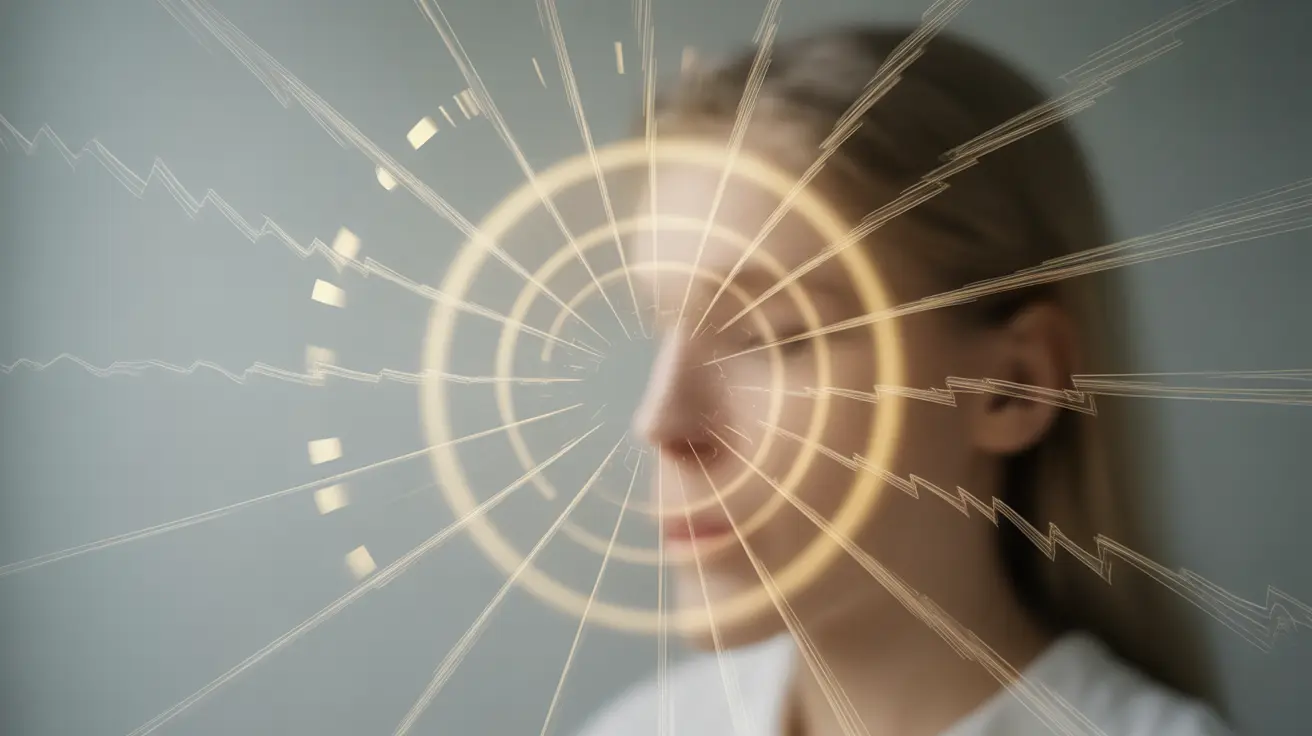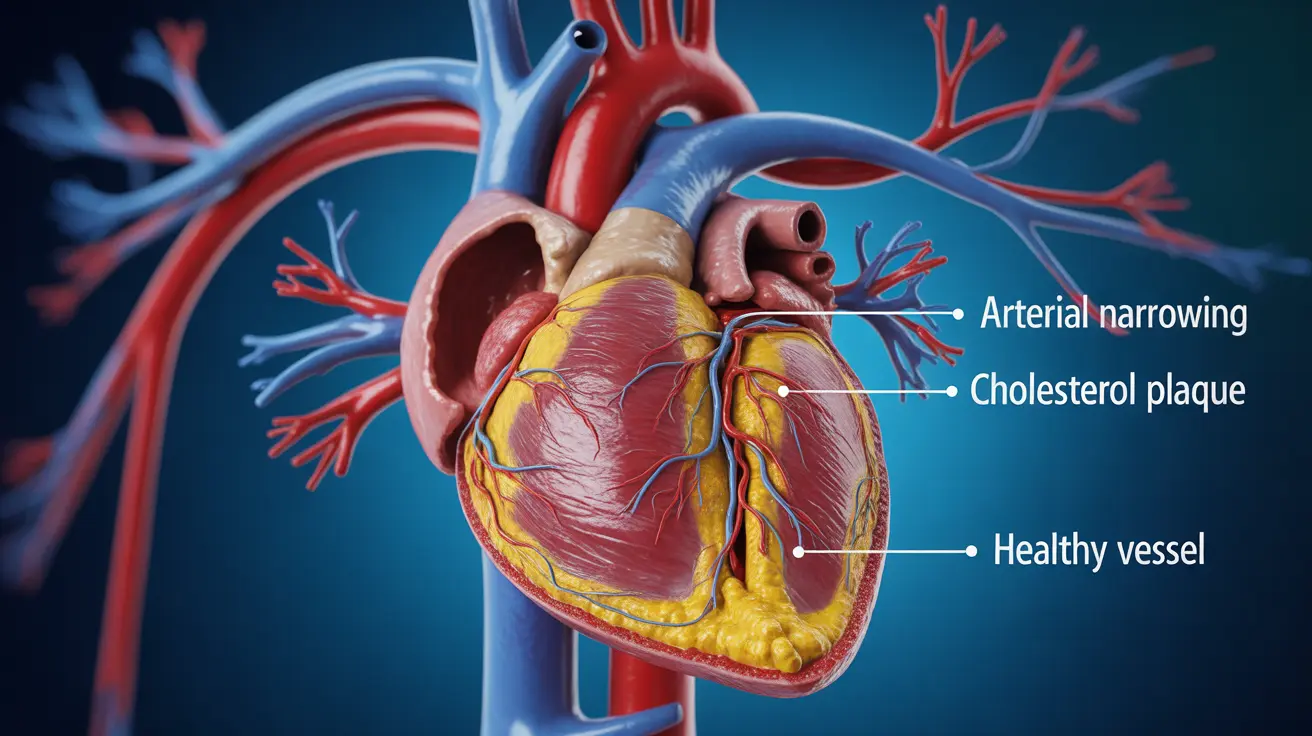The T10 vertebra plays a crucial role in spinal health and overall body function. Located in the thoracic region of the spine, this important vertebral segment helps protect vital nerves and provides structural support for the middle back. Understanding its anatomy, function, and potential issues can help you better appreciate the significance of maintaining spinal health.
Anatomy and Location of the T10 Vertebra
The T10 vertebra is positioned in the lower thoracic spine, serving as a key connection point between the upper and lower back. It features distinct anatomical characteristics that set it apart from other vertebrae:
- Prominent spinous process that angles downward
- Substantial vertebral body designed to bear weight
- Specialized articular facets that connect to adjacent vertebrae
- Attachment points for ribs and supporting muscles
This vertebra's unique position makes it particularly important for maintaining proper posture and supporting various movements of the trunk.
Functions and Importance
The T10 vertebra serves several vital functions in the body:
- Protection of the spinal cord and nerve roots
- Support for the thoracic cage and upper body weight
- Facilitation of trunk rotation and flexion
- Attachment site for important muscles and ligaments
Its location also means it plays a crucial role in protecting nearby organs and maintaining overall spinal stability.
Common T10 Vertebral Injuries and Conditions
Several conditions can affect the T10 vertebra:
- Compression fractures
- Herniated discs
- Spinal stenosis
- Degenerative disc disease
- Traumatic injuries from accidents or falls
These conditions often require prompt medical attention to prevent long-term complications and ensure proper healing.
Impact on Nerve Function and Muscle Control
The T10 vertebra's relationship with the spinal cord means that injuries can significantly affect nerve function and muscle control. Damage to this area may impact:
- Lower abdominal muscle strength
- Leg mobility and sensation
- Core stability
- Organ function in the surrounding area
Treatment and Rehabilitation Options
Treatment for T10 vertebral issues varies depending on the specific condition but may include:
- Physical therapy and targeted exercises
- Pain management techniques
- Bracing or support devices
- Surgical intervention in severe cases
- Rehabilitation programs
The choice of treatment depends on factors such as injury severity, patient age, and overall health status.
Frequently Asked Questions
What are the common symptoms and signs of an injury to the T10 vertebra?
Common symptoms include localized back pain, radiating discomfort, muscle weakness in the lower body, and potential numbness or tingling in the legs. Some patients may also experience difficulty with balance or coordination.
How does damage to the T10 vertebra affect nerve function and muscle control in the lower abdomen and legs?
Damage to the T10 vertebra can impair nerve signals to the lower abdomen and legs, potentially causing muscle weakness, altered sensation, and decreased control over certain muscle groups. This can affect balance, mobility, and daily activities.
What treatment options and rehabilitation methods are available for injuries involving the T10 vertebra?
Treatment options range from conservative approaches like physical therapy and pain management to more intensive interventions such as surgery. Rehabilitation typically includes targeted exercises, movement therapy, and gradual return to normal activities.
How is the T10 vertebra anatomically different from other thoracic vertebrae, and why is this important for spinal health?
The T10 vertebra has unique structural features that help it transition between the rigid upper thoracic spine and the more mobile lower spine. This positioning makes it crucial for maintaining proper spinal alignment and movement patterns.
Can problems with the T10 vertebra impact the function of nearby organs such as the kidneys and adrenal glands?
Yes, issues with the T10 vertebra can potentially affect nearby organs due to its proximity to the kidneys and adrenal glands. Nerve compression or inflammation in this area may influence organ function through affected nerve pathways.




